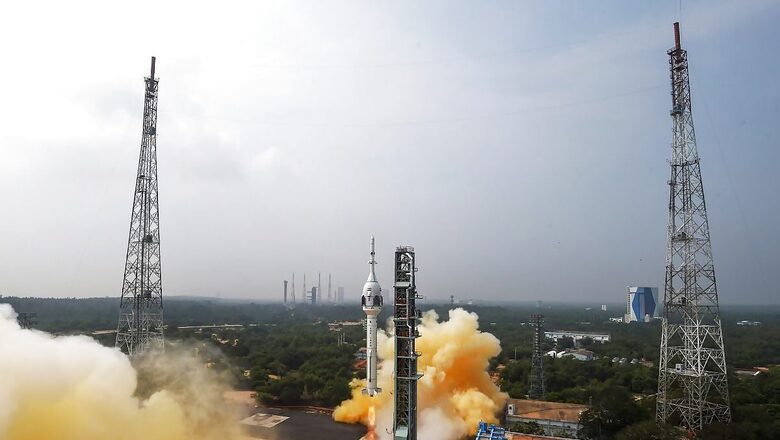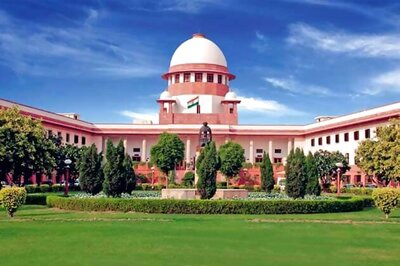
views
Science and Technology Minister Jitendra Singh on Saturday said the successful test flight of the abort mission of the Gaganyaan project has set the stage for the remaining qualification tests and unmanned missions, which would lead to India’s first human spaceflight.
“Well begun is half done,” said Singh, who is also the Minister of State for Space, as he congratulated ISRO on the success of the test vehicle development flight 1 (TV-D1) at the Sriharikota spaceport.
A single-stage liquid propulsion rocket, equipped with a crew module and crew escape system, lifted off from Sriharikota earlier on Saturday.
The payloads later splashed into the sea as planned, a development that was welcomed with loud cheers at the mission control centre.
“Today’s event has paved the way for a series of tests of systems and procedures with the aim to ultimately launch an Indian astronaut in Space, possibly around the year 2025,” Singh said in a statement.
Human safety is of paramount importance in the Gaganyaan mission, the minister said, adding that the test flight this morning validated the capability to move the crew to safety in case of adverse conditions soon after the launch.
“Today’s exercise tested the performance of the Crew Escape System on the Crew Module of the Gaganyaan mission. Basically, it tested the safety mechanism that will allow the crew of the Gaganyaan mission to escape the spacecraft in case the mission is aborted due to a malfunction,” Singh said.
Crew Module (CM) is a habitable space with an earth-like environment in space for the crew. Service Module will be used for providing necessary support to the crew module while in orbit, he said.
As part of the Gaganyaan human space flight, India plans to take up to three astronauts to an orbit 400 kms above earth and bring them back safely.
Singh said Saturday’s test flight was a critical step in ISRO’s journey to launch a crewed human spacecraft as part of the Gaganyaan mission. The test flight came within two months of the successful soft landing of Chandrayaan-3 on the moon.
“Under the guidance of Prime Minister Narendra Modi, India’s space programme is aiming for its first manned mission to Space and later landing the first Indian astronaut to the moon,” he said.
Singh said the prime minister has directed that India should now aim for new and ambitious goals such as setting up the ‘Bharatiya Antariksha Station’ (Indian Space Station) by 2035 and sending the first Indian to the moon by 2040.




















Comments
0 comment